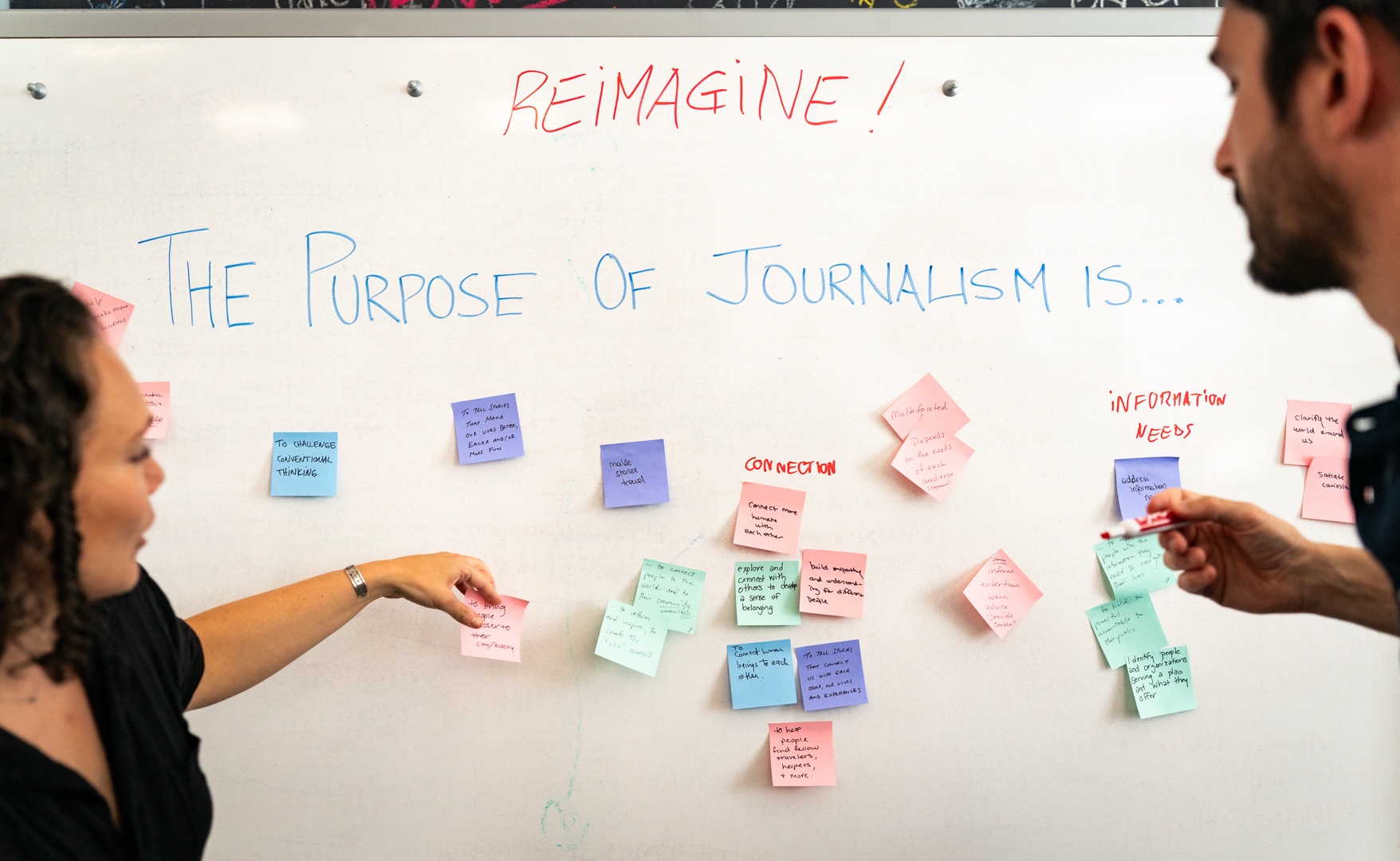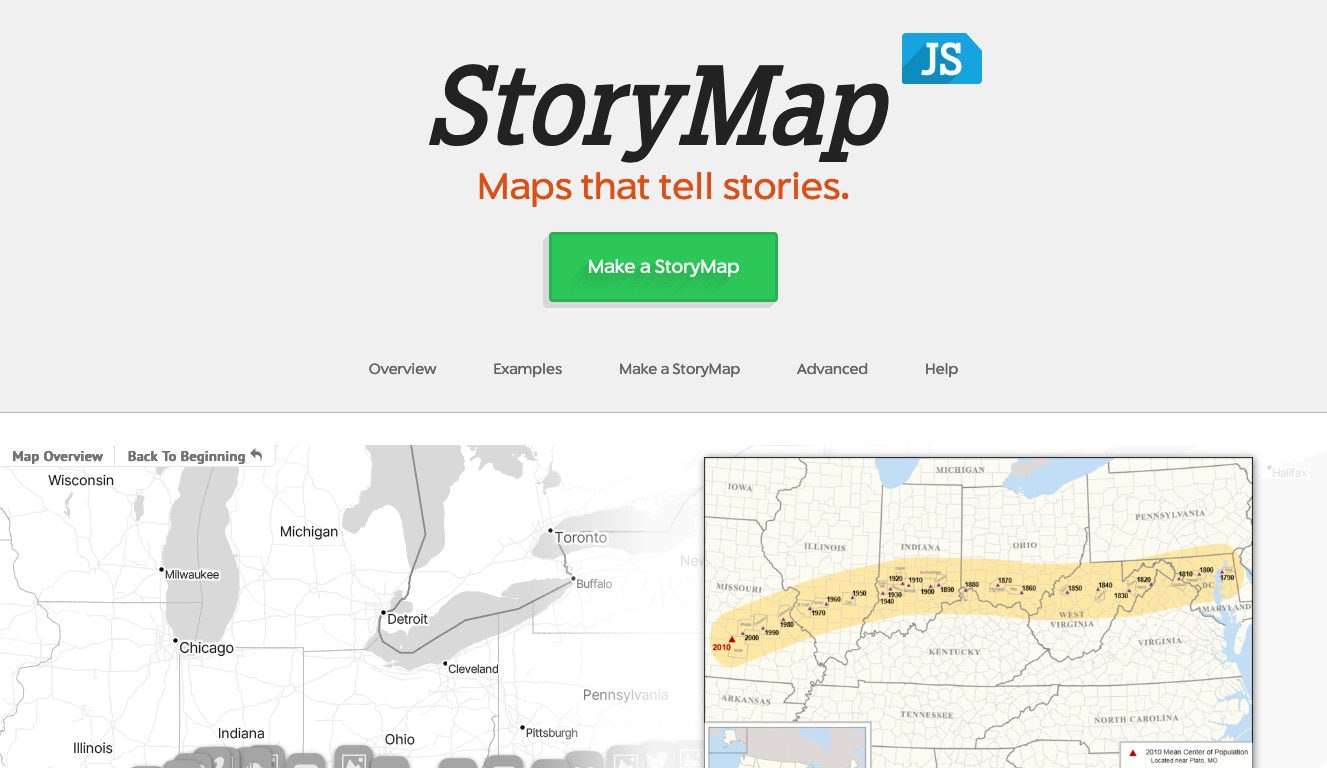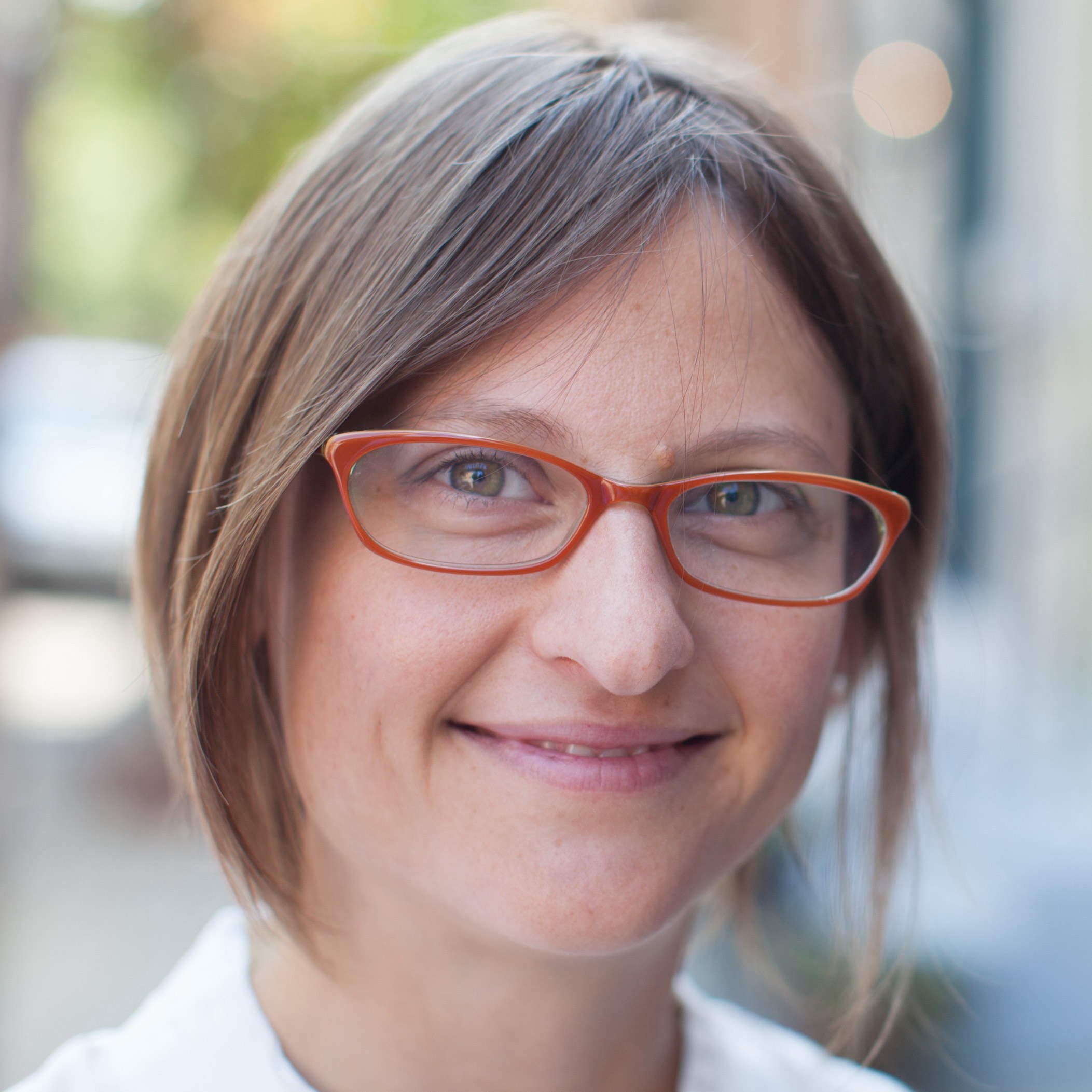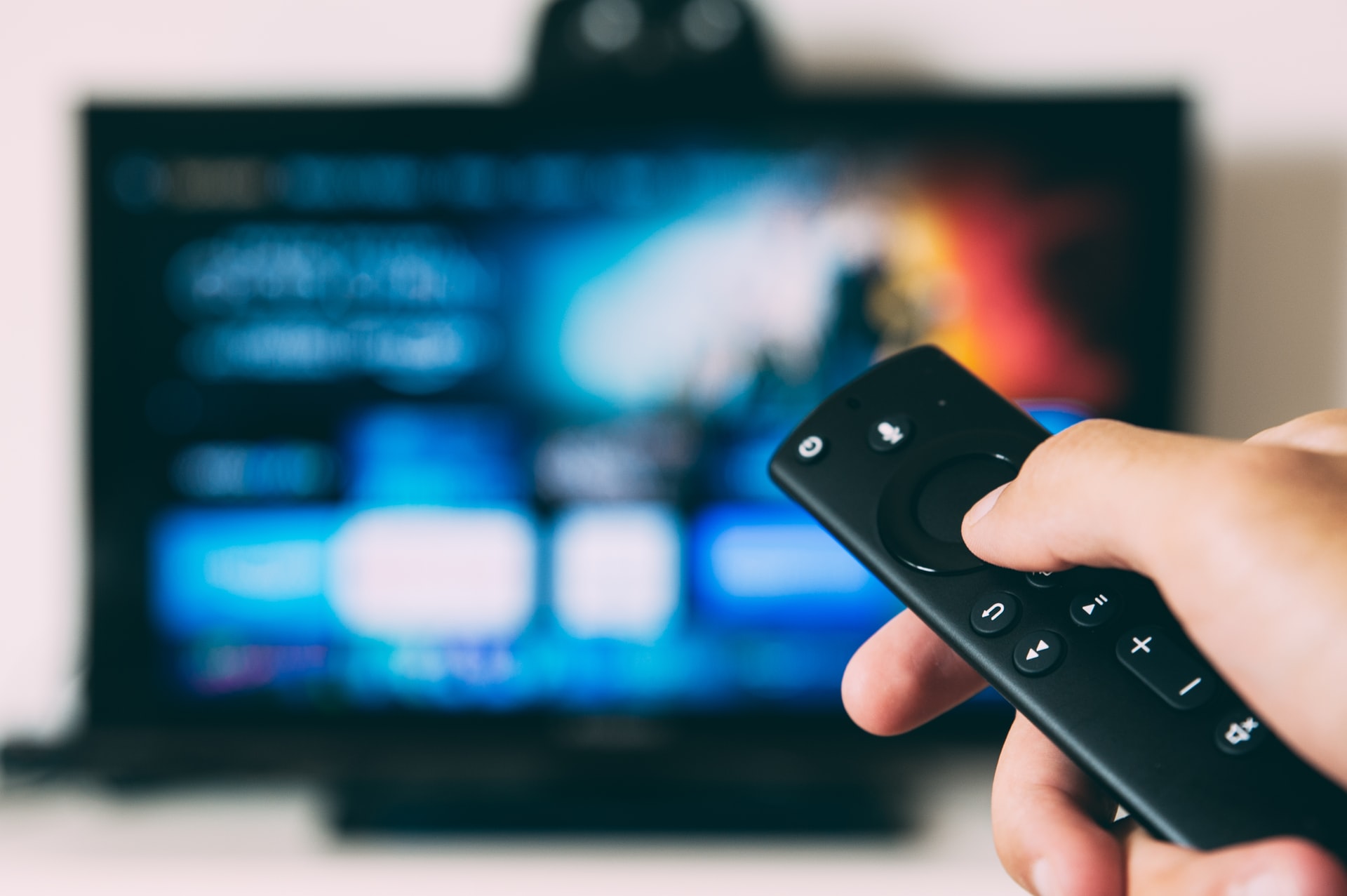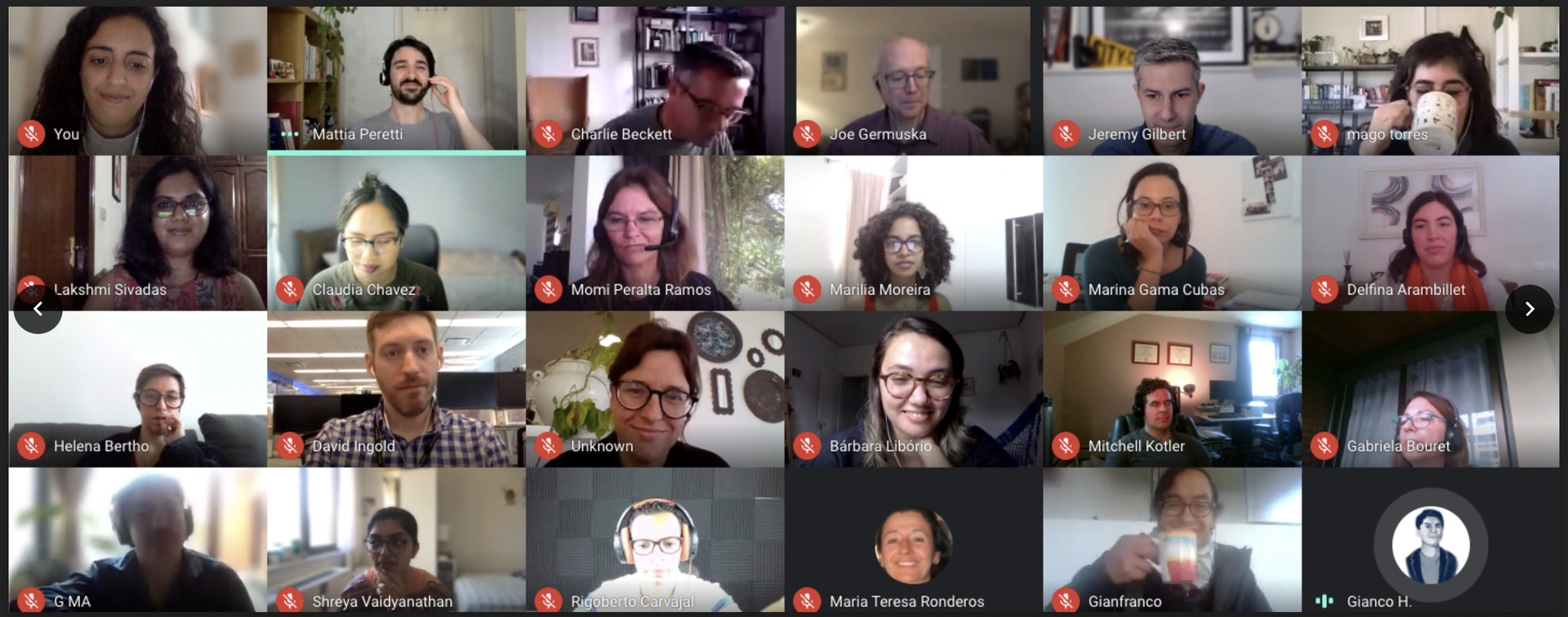I have a rocky relationship with note taking. In middle school, my teachers encouraged me to copy their presentation slides word for word, insisting that putting pen to paper would help me retain information. I quickly realized that I would learn nothing that way, and I still struggle to note important and interesting events because in the most interesting moments, note-taking is the last thing I want to think about.
This weekend, MozFest showed me the value of note taking.
I’m not talking only about recording takeaways from sessions, but also about leaving comments for collaborators on a project, taking notes that help me think something through or even making lists. Most importantly, I learned a bit about why I should take notes.
At a session called “Science and the Web,” I sat with a group to brainstorm how to make science more accessible to regular citizens. Our ideas included a virtual chemistry lab for young scientists and an online community that connects curious people with community members to solve scientific problems. Our discussion turned to how we could encourage people to document their small discoveries the way professional scientists document their experiments—perhaps having a place for YouTube videos of how to build simple scientific tools. The talk reminded me how valuable one person’s well-documented work can be for another person’s new idea.

Note taking also helps the note-taker think clearly and logically. In the “Data Expedition” session, my group discussed a data visualization on corporate tax avoidance and evasion. It’s a huge topic; we could easily have taken it in many different directions. But a lot of colorful markers and one giant piece of paper helped us pin down our ideas. The notes we took were not the kind that we would look back on to remember something, but they did, in the moment, help us organize our thoughts. They were a one-time tool.
Notes, lastly, can facilitate collaboration. In “Election Hacking,” my group came together to brainstorm ways to give context to numbers we see in the election.
Our notes may look very confusing, but as we discussed one product with a group of seven people, they kept us (literally) on the same page. Sketches ensured that we were picturing the same product when one person described it, while words helped us focus on one issue at a time.
When we refined our notes into slightly more presentable wireframes at the end, we were able to summarize an hour of discussion in a matter of minutes.
In MozFest style, notes allowed our work to be open and ongoing.
About the author
Tagged

